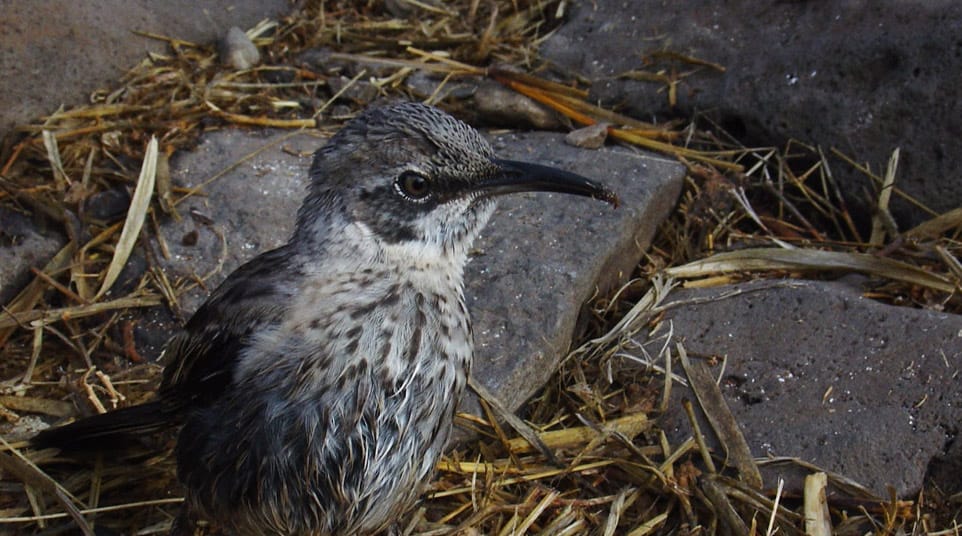- Home >
- Travel Guide >
- Galapagos Islands >
- Animals & Wildlife >
- Galapagos Hood Mockingbird
Galapagos Hood Mockingbird Facts
Name: Hood Mockingbird
Family: Mimidae
Scientific name: Nesomimus macdonaldi
Length: 20 cm (11 in)
Weight: n/a
Category: Land Birds
Number of Species: 49
Endemic Species: 22
In total, 49 species of land birds have been recorded in the Galapagos, 22 of which are endemic to the Islands. Land birds can be divided into 5 categories: Diurnal Raptors, Night Birds, Larger Land Birds, Aerial Feeders and Smaller Land Birds.
Category: Land Birds
Category: Mimidae
Endemic Subspecies: Galapagos Mockingbird, Charles Mockingbird, Hood Mockingbird, Chatham Mockingbird
Mockingbirds are medium-sized land birds with long tails, longish legs and long, narrow, decurved bills. The plumage of the species in Galapagos is rather drab, with brownish upperparts and pale underparts.
Common resident on Española Island and Gardner-by-Española, breeding from March to April and nesting in trees or cacti. Range does not overlap with any other species of mockingbird.
Identification:
The largest of the mockingbirds in Galapagos with the longest and heaviest bill, and the longest legs. Plumage similar to Galapagos Mockingbird but has a narrower and less conspicuous white collar, and shows heavier streaking on flanks and sides of breast which often extends to form a diffuse, mottled breast-band. Prominent dark malar stripe. Iris hazel. It is the most commonly seen mockingbird in a Galapagos cruise.
Behavior:
Travels mainly on foot and rarely flies. Often found in flocks outside the breeding season. Can be extremely tame.
Voice:
Similar to other species of mockingbird but more strident.

